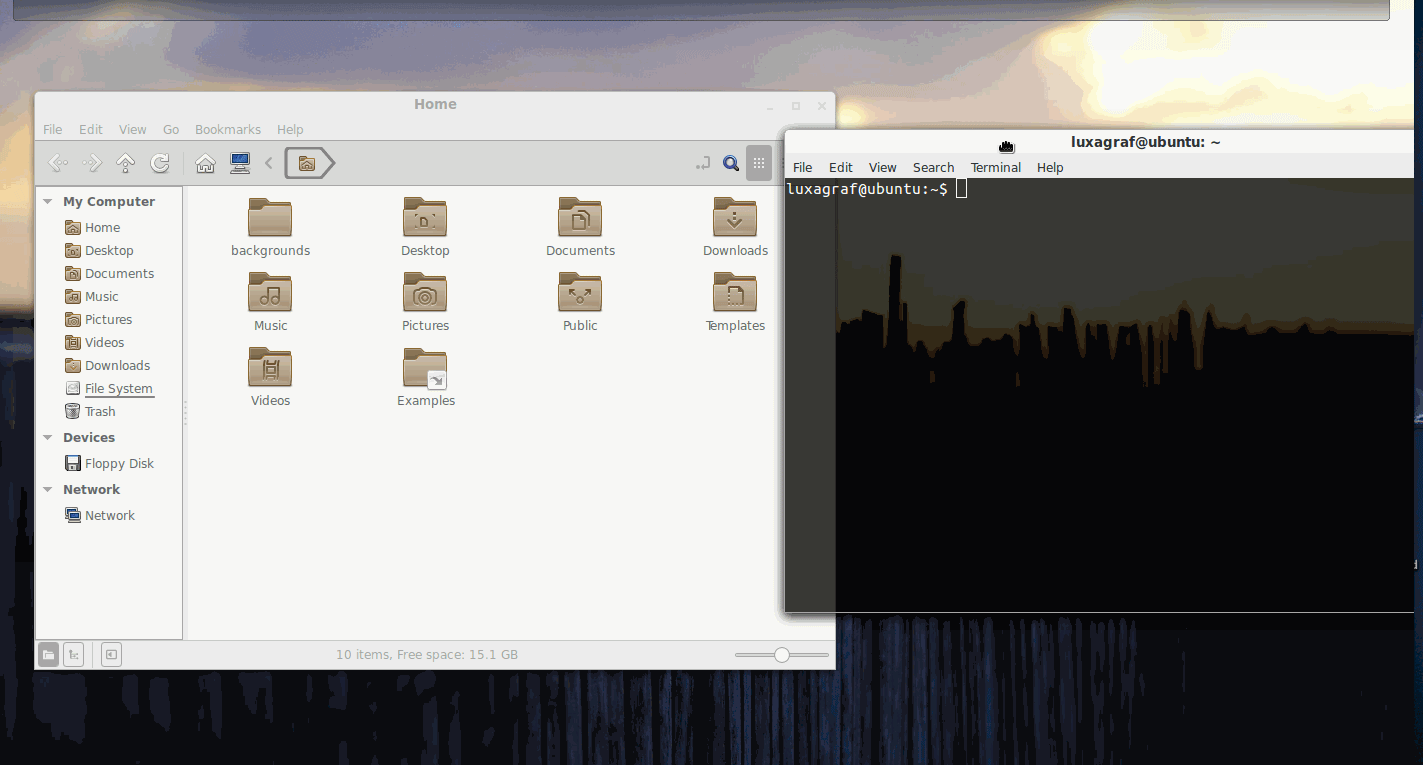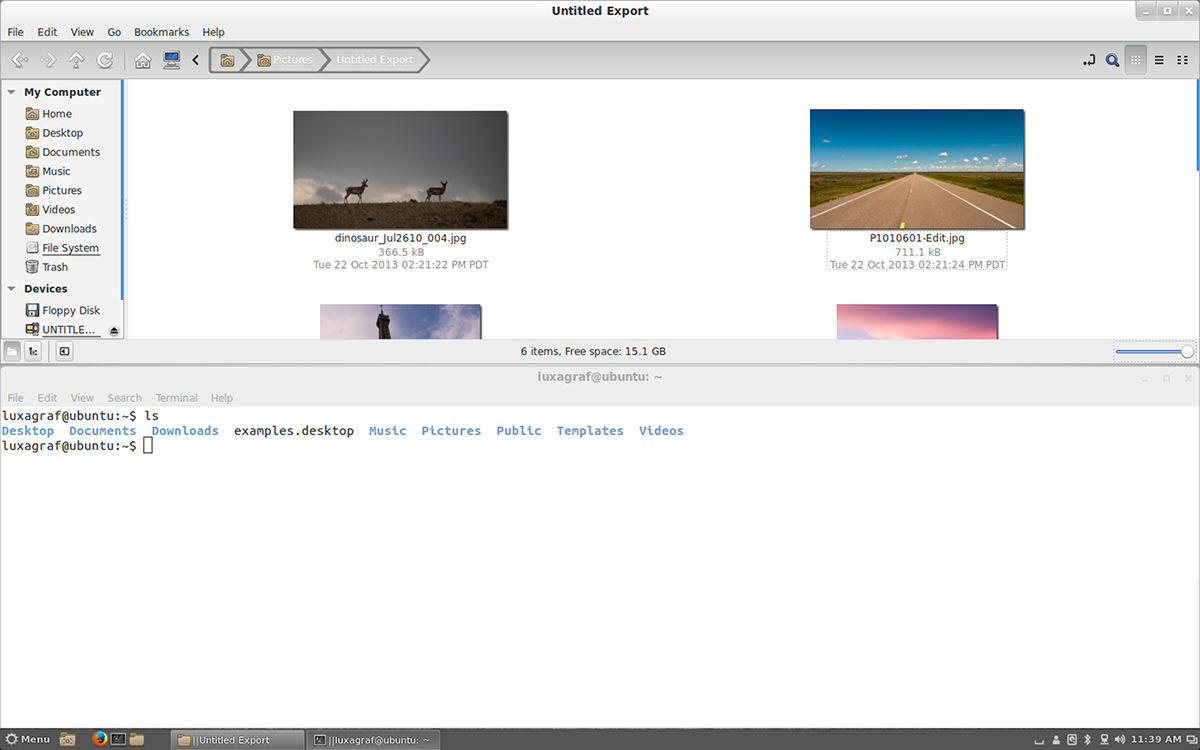Original URL: https://www.theregister.com/2013/10/29/cinnamon_2_0_review/
Cinnamon Desktop: Breaks with GNOME, finds beefed-up Nemo
It's all a bit more Windowsy than its ancestors
Posted in OSes, 29th October 2013 10:03 GMT
Review The Cinnamon Desktop project recently released version 2, a major overhaul of the desktop environment that's best known as the default option for Linux Mint's flagship release.
Cinnamon 2.0 will be part of Linux Mint 16, "Petra", scheduled for release towards the end of November. The team behind Cinnamon plans to backport the 2.0 release for the Debian edition of Mint, as well as most recent LTS release: Linux Mint 13.
But the really big news in Cinnamon 2.0 is it should now be much easier to get the desktop running in any distro thanks to the fact that it's now independent of GNOME 3.
Cinnamon is still built on top of familiar GNOME technologies like GTK, but it no longer requires GNOME itself to be installed. Instead, Cinnamon 2.0 uses its own backend services and libraries to do the heavy lifting.
Like Ubuntu's Unity desktop, Cinnamon began life as an alternative interface for GNOME 3. Because GNOME 3 changes considerably with each six-month release, Cinnamon 1.x releases had to be built against specific versions of GNOME.
That mean, for example, Cinnamon 1.8 that shipped with Mint 15 was designed specifically to run atop GNOME 3.6. That tight coupling meant while it worked great in Linux Mint 15, it was - to say the least - a challenge to get it running on other distributions.
Cinnamon 2.0 solves that by swapping out all the GNOME 3 guts for its own homegrown tools (the one exception being the Bluetooth daemon, which is still the GNOME 3 version). That makes Cinnamon more portable, which is great for users, but it also frees the developers to innovate and create new features without worrying about how they will be affected by future changes in GNOME.
Indeed, the fruits of the move away from GNOME tools to the new Cinnamon backend can already be seen. As lead developer Clement Lefebvre put it when he announced the new Cinnamon 2.0: "Some of the new features in Cinnamon 2.0 would not have been possible without [custom tools]."
He adds that from now on: "If a new feature requires changes across multiple components of the desktop, the team is no longer restricted by the limitation or the design of the GNOME backend components."
In other words, the future of the Cinnamon desktop is no longer bound to the future of GNOME 3.
If you're on Ubuntu or Mint there's a PPA available for Cinnamon 2.0. I also installed that in Fedora without difficulty.
Based on my testing I would suggest going with Fedora, Mint or Ubuntu 13.04. The just-released Ubuntu 13.10 did not play nicely with Cinnamon 2.0. Or at least, it doesn't play nicely alongside Unity, which I wasn't able to use again until I had un-installed Cinnamon 2.0.
What else is there and what do you get with your new homegrown Cinnamon backend?
For starters, you get some much improved user- and group-management tools and several new features for Nemo, Cinnamon's default file browser.
The Xbox factor
The most noticeable new feature, though, is the window tiling and snapping. The new edge-snapping feature was inspired by the "Snap" functionality of Xbox One. Similar to tiling windows, snapped windows stick to the edge or corner of your screen. Unlike tiled windows snapped windows are not covered by maximized windows. So, for example, you can maximize a terminal window and then snap your media player to one edge of the screen.
The result is a setup that gives you access to all your running terminal sessions and media player without needing to shuffle windows or switch workspaces. It's not as nice as a dual monitor solution, but if you've got a laptop, edge snapping is about as close as you can get to dual monitors.
Other improvements in window tiling include a visible landing zone when you drag windows - what Mint calls the Head Up Display (HUD) - and the ability to resize tiled windows. In other words, tiled windows no longer need to occupy half of the screen, they will by default, but you can resize them to get your workspace looking exactly how you'd like.
Cinnamon 2.0's new GNOME-free backend also sports a new Users and Groups utility for administrators to easily control permissions, users and groups. There's a new User applet for the Cinnamon panel as well, which gives quick access to common session and account related tasks like logging out, switching users, quickly accessing settings and more. One great option in the applet is the ability to easily disable notifications, perfect for those times when you need to get some uninterrupted work done.
The other most noticeable new features are found in Nemo, Cinnamon's default file browser. The best news about Nemo is performance has been improved. Previous releases could be a little sluggish and the UI wasn't always the most polished, but that too has been fixed in this release.
Nemo has also added a few missing features, including a fix for one of the most annoying things in previous releases - there was no easy way to associate file types with applications. Now it's simple to say, for instance, always open text files in GEdit (or Sublime or whichever app you prefer).
Other improvements in Cinnamon 2.0 include smaller things like system-tray support for file operations. Before, if you closed the dialogue box showing a file copy operation in progress it just disappeared, but now it minimizes to the system tray. There's also support for the Nemo extension, nemo-preview, which is a nice fork/port of GNOME's Sushi file previewer.
Cinnamon 2.0 will no doubt be a big selling point for Linux Mint 16 when it does arrive. What's far more interesting, though, is the notion that Cinnamon is now a much more cross-distro option. For the first time Cinnamon feels more like a real alternative desktop rather than something designed for Linux Mint that half works everywhere else. ®

